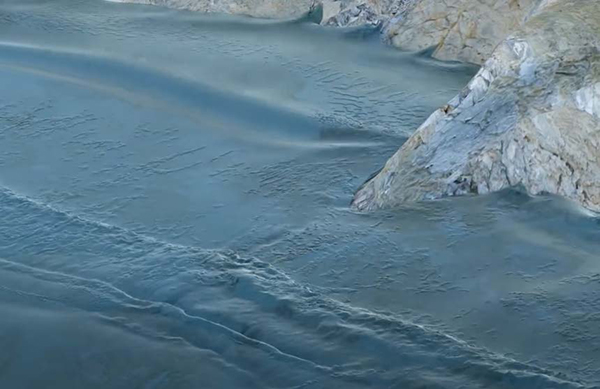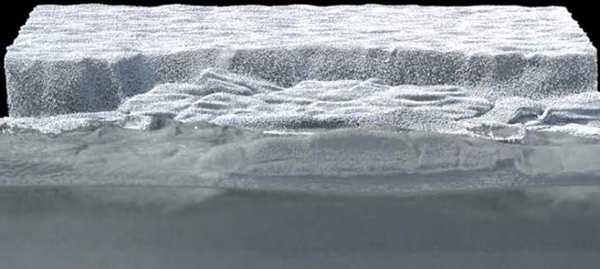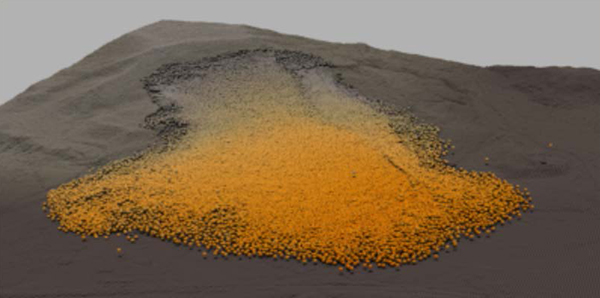Fall 2025 Course Spotlight - CE 597: Modeling Large Deformations in Earth, Ocean, and Fractured Materials
Course credit hours: 3 | Schedule: T-Th 1:30-2:45PM (MATH 215)
Course Instructor
Yue (Olivia) Meng - Assistant Professor of Civil Engineering and Lyles Scholar of Excellence
Course Description
Large deformations are ubiquitous in natural materials, as demonstrated by phenomena such as landslides, debris flows, coastal tsunamis, concrete cracking, ice sheet calving, and so on. Finite Element Method (FEM) is limited to small deformation analyses and cannot model post-failure behaviors. New numerical methods are being developed to simulate the entire instability process from the static stability analysis at small deformation to the dynamic post-failure run-out behavior. In this course, we introduce material point method (MPM), a “hybrid Eulerian-Lagrangian” method to simulate large deformations and fractures of materials, with applications in geotechnical and coastal engineering, structural analysis, material science, geophysics, and computer vision.
Prerequisites
- Familiarity with continuum mechanics and finite element method is recommended but not required.
- Familiarity with a programming language (MATLAB, Python, C++, etc) is recommended.

Coastal waves

Calving induced tsunamis

Oso Washington landslide
